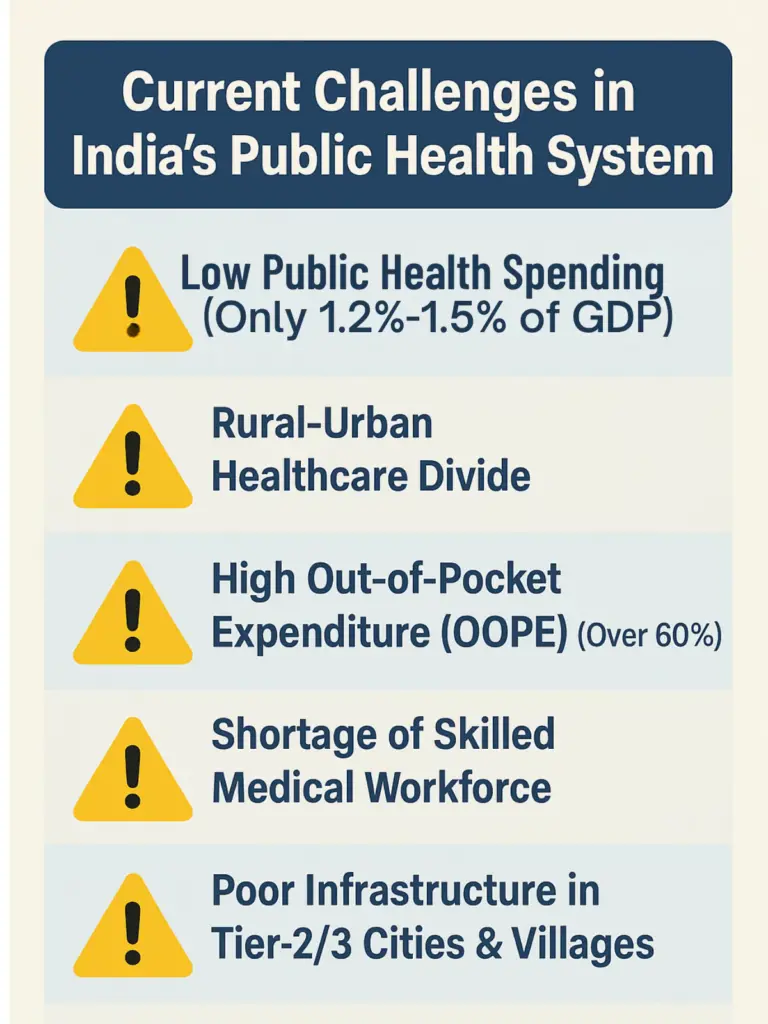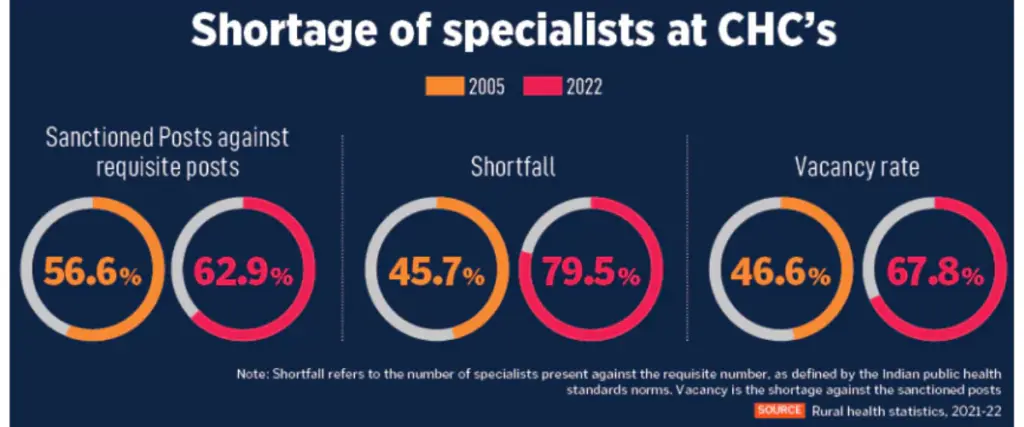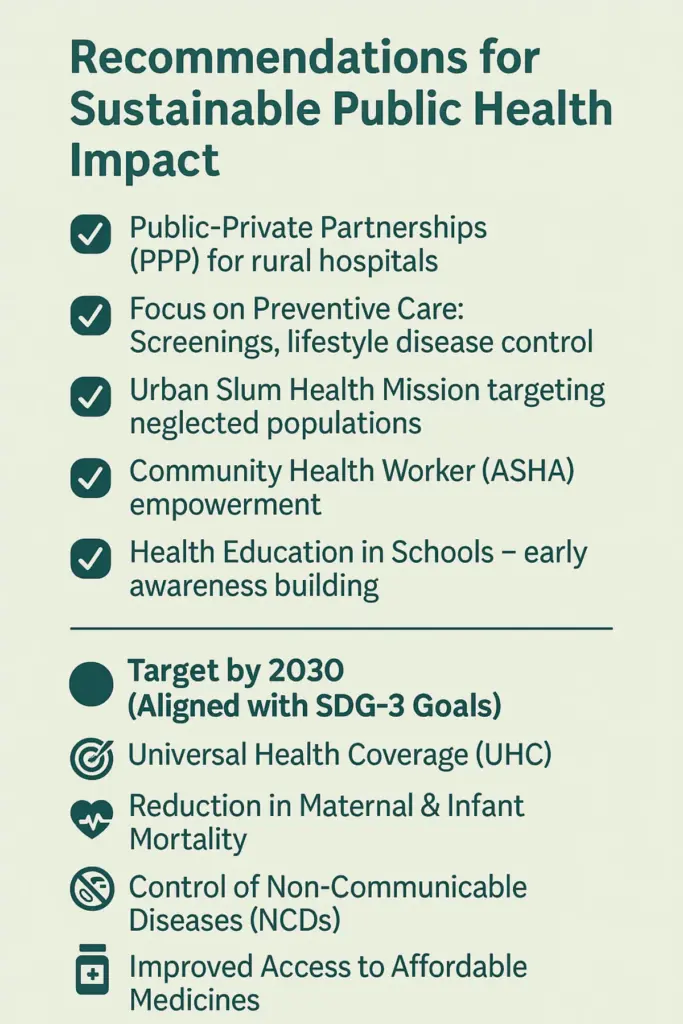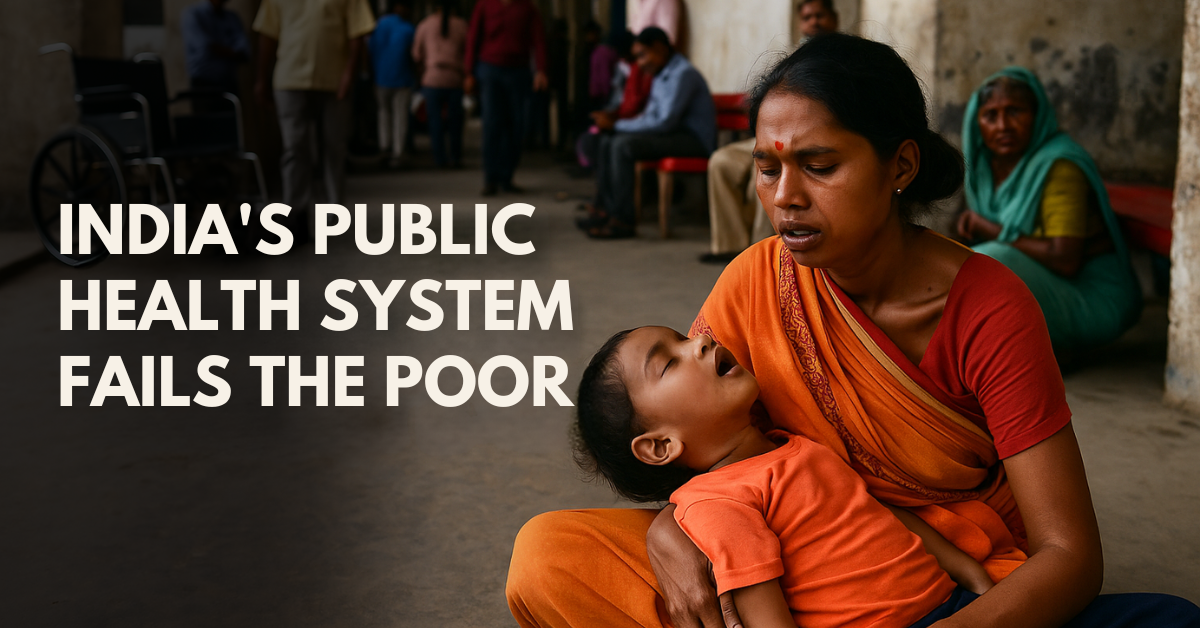Public Health System: A recent study evaluating the equity of India’s public health spending has found that government expenditure has not sufficiently translated into pro-poor healthcare services, particularly when comparing urban and rural populations. The research highlights a significant inequity in how public health resources are distributed and utilised across socio-economic groups, raising questions about the effectiveness of current spending strategies in advancing universal health coverage (UHC).
The study, titled “Benefit Incidence of Public Health Expenditure in India: Urban–Rural Equity Matters for Universal Health Coverage”, was published in the Journal of Health Management, a Sage Journals publication. It utilised Benefit Incidence Analysis (BIA), a statistical tool that measures the distribution of public service benefits across different economic segments, to assess whether government health spending favours the poor or the affluent.

Key Findings from the Study
The research team, comprising experts from the Indian Council of Medical Research (ICMR) and M.S. Ramaiah University of Applied Sciences, analysed data from India’s 75th National Sample Survey (NSS) round (2017-2018). Factors such as disease burden, out-of-pocket expenses, and utilisation patterns for both outpatient and inpatient services were evaluated.
According to the findings:
- Public health spending on inpatient care is relatively pro-poor, benefiting lower-income groups more than the wealthy.
- Outpatient care, in contrast, is more pro-rich, with a greater share of government-funded outpatient services being used by economically better-off individuals.
- In rural areas, public health spending for both outpatient and inpatient care trends more towards serving the poor compared to urban settings, where public expenditure appears to benefit wealthier populations.

Public Health Service: Concentration Index
| Visit Type | Concentration Index |
| Inpatient Visits | -0.056 |
| Outpatient Visits | 0.112 |
| Delivery Visits | -0.200 |
| Inpatient Primary Visits | -0.260 |
| Outpatient Primary Visits | 0.014 |
| Delivery Primary Visits | -0.311 |
| Inpatient Hospital Visits | -0.021 |
| Outpatient Hospital Visits | 0.161 |
| Delivery Hospital Visits | -0.169 |
Public Health System challenges
India’s government allocates only 1.28% of its GDP (around ₹1.58 trillion) to public healthcare, among the lowest in the world. Despite initiatives like Ayushman Bharat, the data indicates that:
- Rural populations benefit more from public inpatient services, but outpatient care remains less accessible to the poorest.
- Urban public healthcare often ends up serving wealthier groups who can also afford private care, leading to an inefficient use of scarce public resources.
- A lack of accountability and regional inequalities further exacerbate these problems.
The study’s findings suggest that public health resources are not efficiently targeted, limiting their impact on the vulnerable populations that need them most.
Public Health System: Policy Recommendations
Based on this comprehensive analysis, the researchers suggest that Indian policymakers need to:
- Reassess allocation mechanisms for public health spending to ensure a more balanced urban-rural distribution.
- Enhance transparency and monitoring in government health schemes to track real beneficiaries.
- Strengthen rural outpatient services to reduce the burden on inpatient facilities and improve primary healthcare delivery.
- Increase public health funding beyond the current GDP percentage to meet the healthcare demands of a growing and diverse population.
Policy Reforms Needed
- Increase Public Health Budget: Raise allocation to at least 2.5% of GDP (As per National Health Policy 2017)
- Strengthen Primary Healthcare
– More Health & Wellness Centres (HWCs) in rural areas
– Improved immunisation, antenatal & maternal care - Mandatory Universal Health Insurance
– Expand Ayushman Bharat (PM-JAY) to cover all BPL & vulnerable sections- Improved immunisation, antenatal & maternal care
– Include OPD & diagnostic services - Digital Health Infrastructure: Promote Telemedicine, EHR (Electronic Health Records) and develop a National Health Stack for integrated data management.
- Healthcare Workforce Development: Increase MBBS & Nursing seats and incentives for doctors to serve in rural/underserved areas
- Regulate Private Sector Costs: Enforce standard pricing for critical treatments

The study offers a critical insight into the gaps in India’s public health financing strategy. While progress has been made in expanding inpatient services for the poor, outpatient services, crucial for preventive and primary care, still disproportionately serve the better-off, particularly in urban regions.
As India progresses with its health reforms, these findings could guide evidence-based policy changes, ensuring that public health spending reaches and benefits the underprivileged, a cornerstone for achieving equitable, inclusive, and effective Universal Health Coverage.


